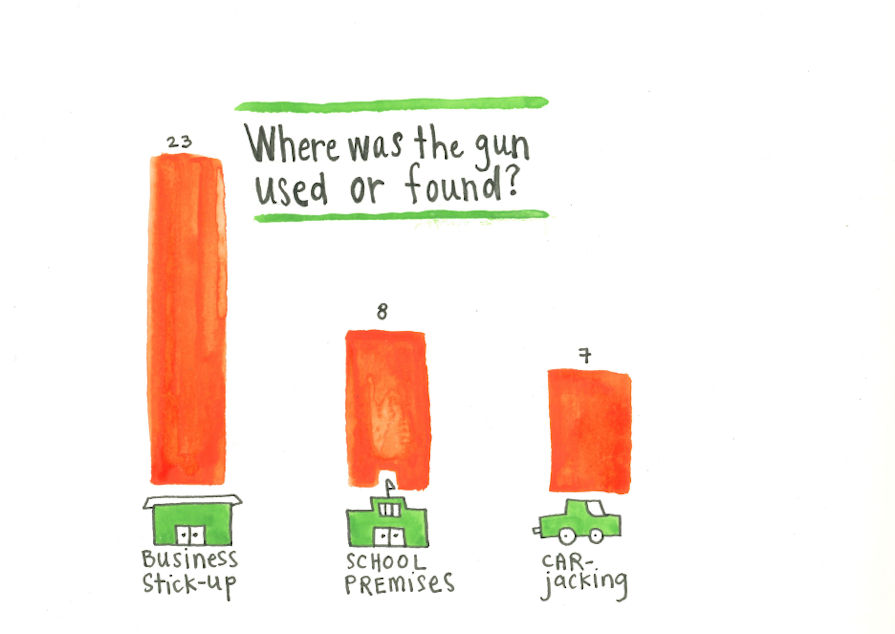7 graphics on kids and guns in the Seattle area
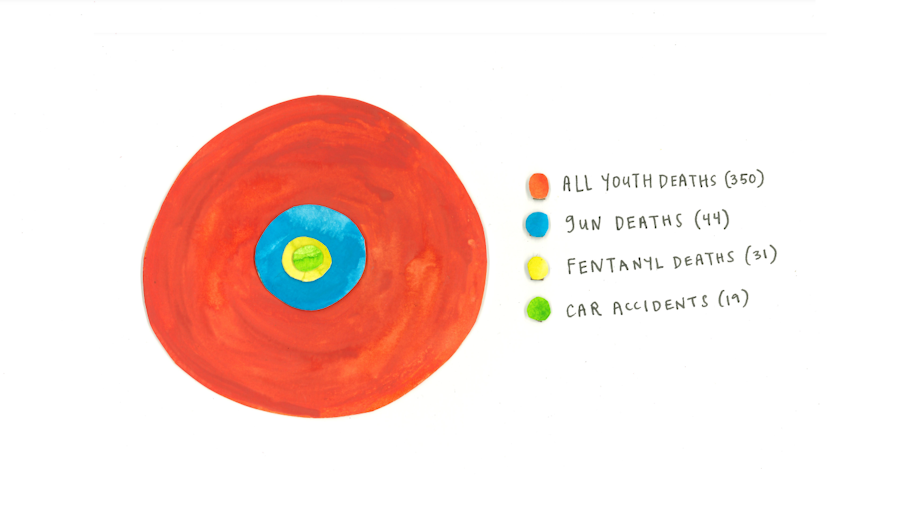
T
here are 68 dots in the image below, representing 68 kids and teens who died by gun, either suicide or homicide, in King County between 2017 and 2022. Another way to think about that number: It's the equivalent of three elementary classrooms wiped out in King County in those six years.
Most of the stories of the kids who died did not make the news. About two-thirds of the deaths were homicides. The rest were deaths by suicide.
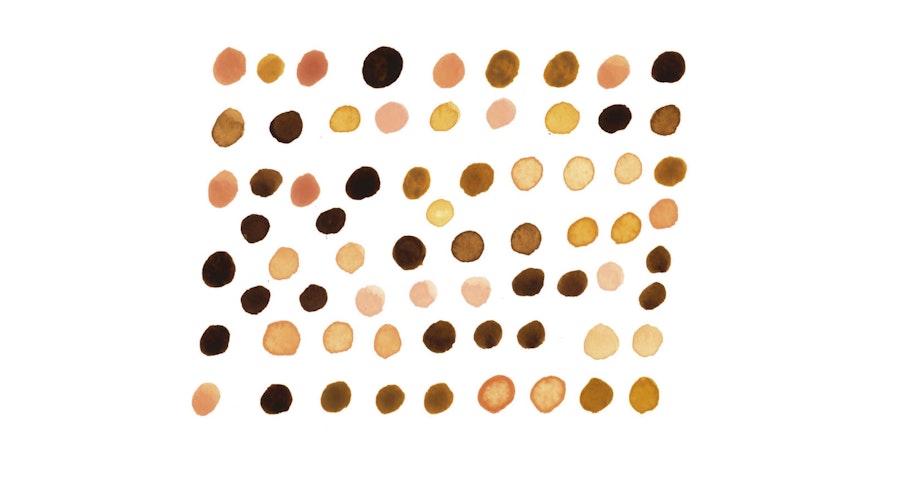
To better understand guns and kids in King County, KUOW requested data from King County. From the medical examiner, we reviewed gun-related deaths from 2017 to 2022, including homicide and suicide. From the prosecutor's office, we read 54 open cases involving juveniles and guns.
Sponsored
Most staggering to us was how much Black children bear the brunt when it comes to who dies by gun. Black youth, boys in particular, are far more likely to die by gun than any other racial group.
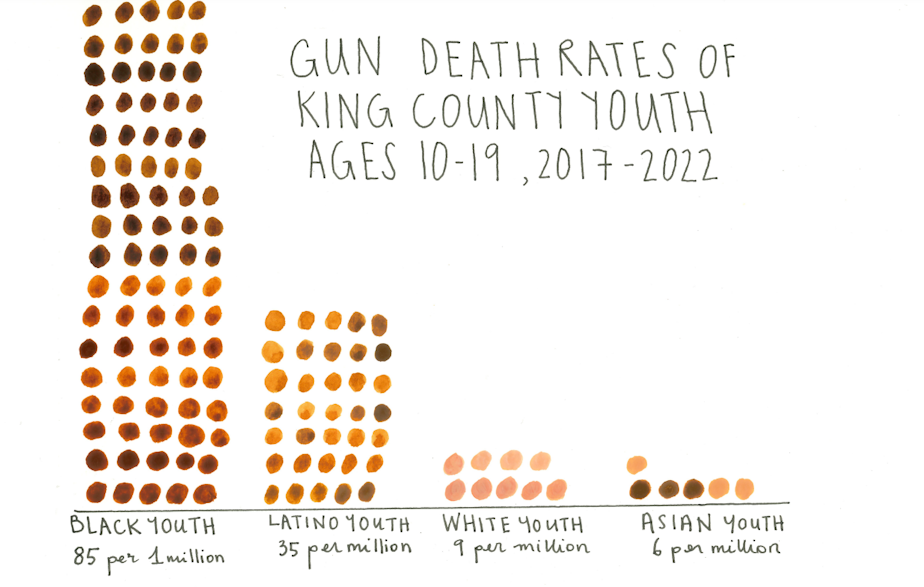
RELATED: About the gun that killed a boy at Seattle's Ingraham High School
There is no one root cause of gun violence, said Tascha Johnson, interim executive director of CHOOSE 180, a nonprofit that supports young people. But long-term systemic oppression is one reason.
“Discriminatory policies have worked against communities of color for generations,” she said. Johnson said there’s no one way to mitigate the violence, but many.
“Providing a living wage, providing these things that would help with some of the unrest that exists in these communities to allow for other options, rather than picking up that gun,” Johnson said.
Sponsored
Renée Hopkins, CEO of Alliance for Gun Responsibility, said that King County's alarming racial disparities in terms of youth mortality rates are not unique to King County.
"In terms of homicide, and increasing rates of suicide, young Black and brown boys are dramatically, disproportionately represented," Hopkins said.
A recent research paper found that child firearm assault rates increased two-fold in the pandemic in some U.S. cities, with Black and brown children most often the victims. The researchers said it is critical to “target structural racism as a fundamental driver of the U.S. firearm violence epidemic.”
You can't buy or possess a gun until age 21 in Washington state, so how do young people get guns? We looked at 54 open cases in King County Superior Court involving kids and guns to get a better idea.
Police officers traced back the weapons in about half the cases.
Sponsored
Eighteen of the guns were reported stolen by their original owner. In the police reports, officers do not say if they asked the original owner if they had locked up their guns.
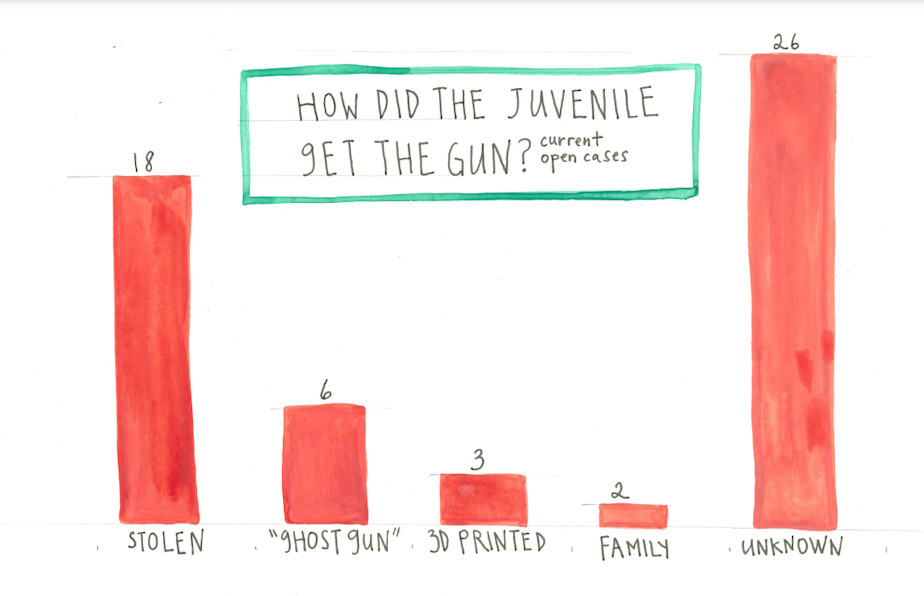
That's relevant because Seattle passed a law in 2018, saying gun owners had to lock up their firearms. City leaders argued that if guns are easy to steal, they are more likely to be used in a crime.
In King County, 150,000 people reported not locking up their firearms.
Six of the guns were "ghost guns," which means they had no serial numbers and could not be traced.
Sponsored
Three separate cases involved guns that were printed by 3D printer or assembled using the 80% gun kits, in which parts of a gun, but not the whole gun, are mailed. Those cases involved kids ages 13 and 14. (Those are also considered "ghost guns" because they can't be traced.)
RELATED: Teens are using 3D printers to make guns in Seattle area
Nick Suplina of Everytown for Gun Safety said the nonprofit is learning of more ghost guns, "and 3D guns more specifically, popping up in the backpack, and in the bedroom of the teenager.
"One has to assume that part of the reason is they didn't have other access to firearms, but they were able to build their own."
T
he juveniles charged with gun possession, usually in connection with another crime. Their ages range from 12 to 17 years:
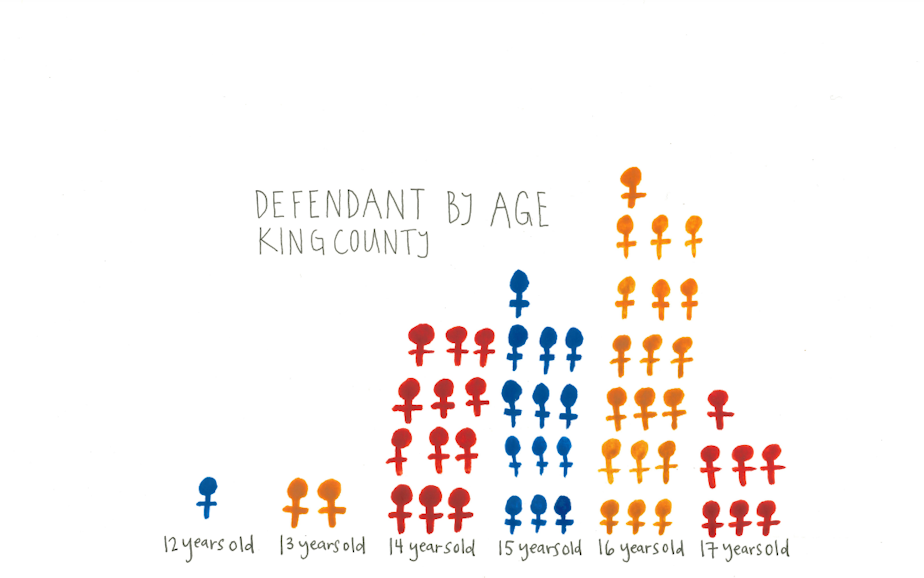
Sponsored
"We have a culture right now, where fear is driven into us nonstop," said Hopkins of Alliance for Gun Responsibility. "That has been historically led by the gun lobby in particular."
Most of these alleged crimes took place in South Seattle and South King County, which includes Auburn, Kent, Renton, and Federal Way:
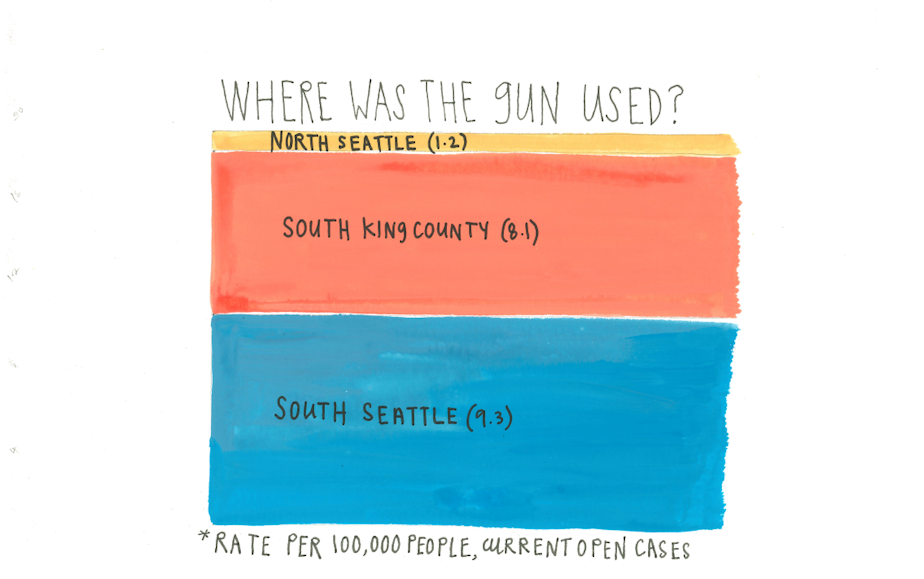
Many of the guns were used to rob businesses, mostly gas stations, but also nail salons and coffee stands. Often, one or two kids held up several businesses before getting caught.
Eight of the guns were found at school, and seven were linked to car jackings:
